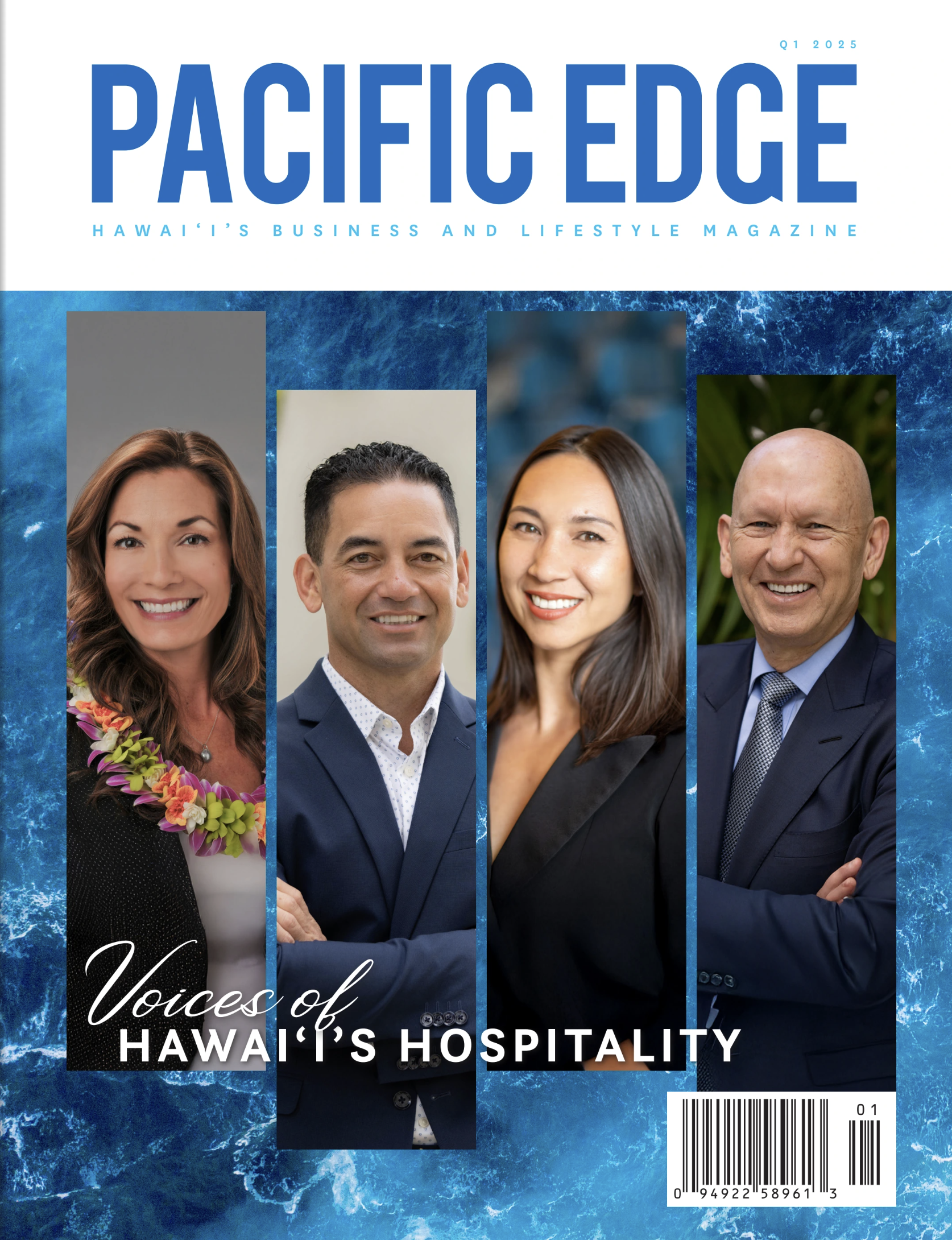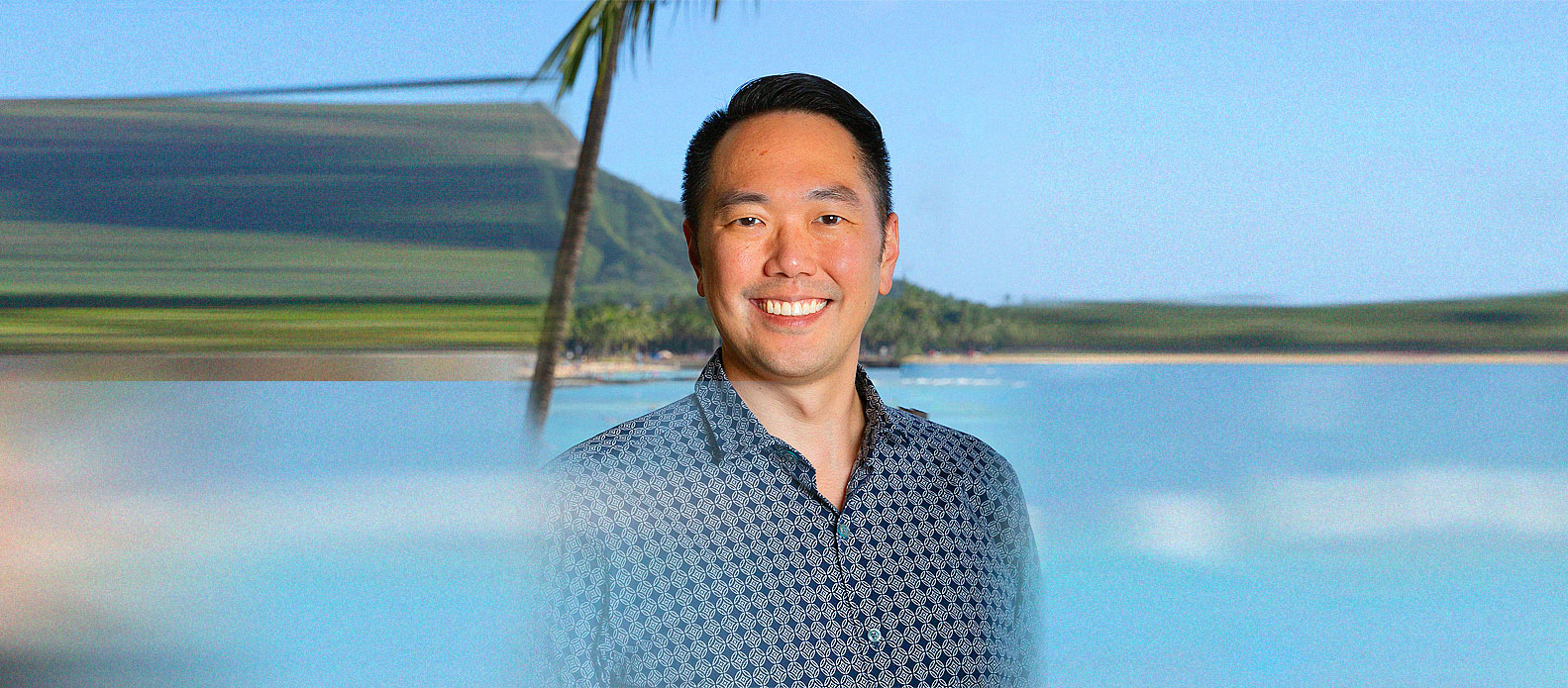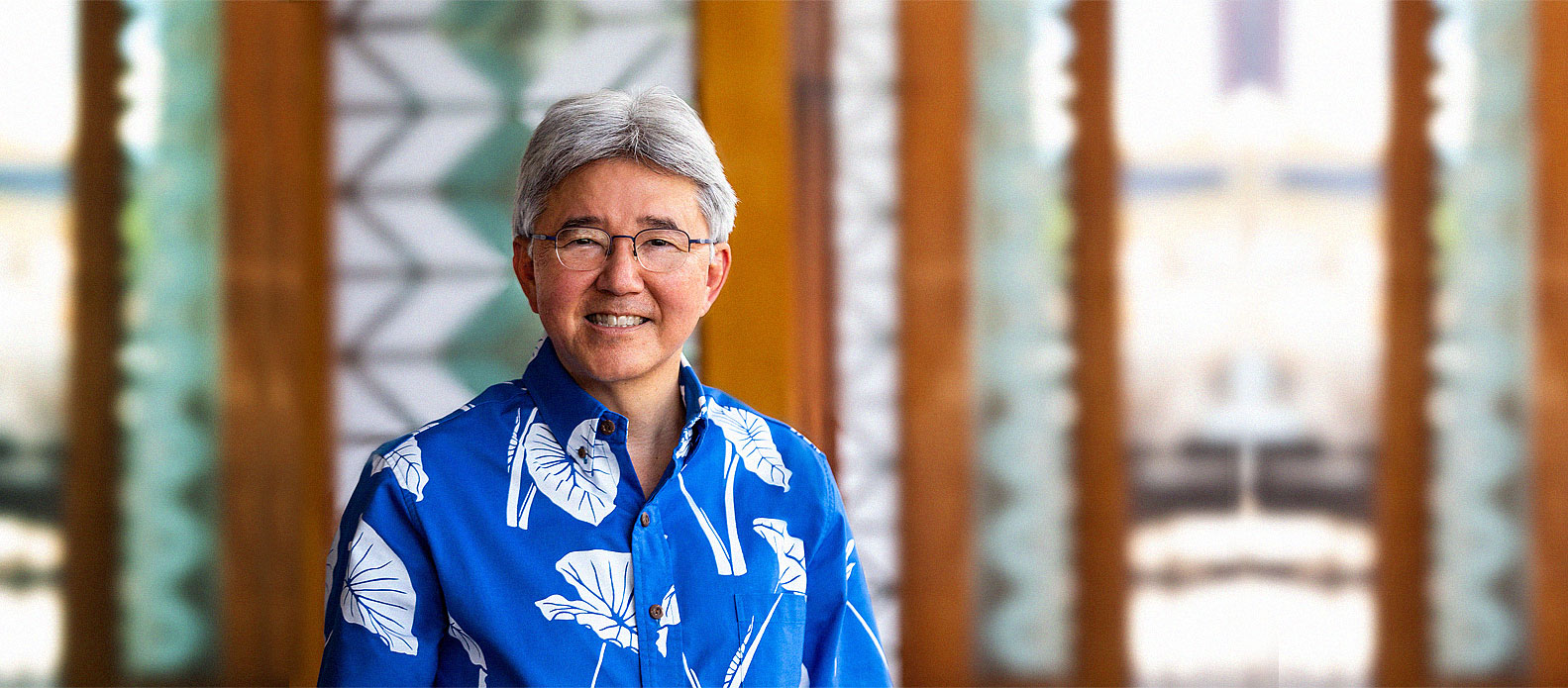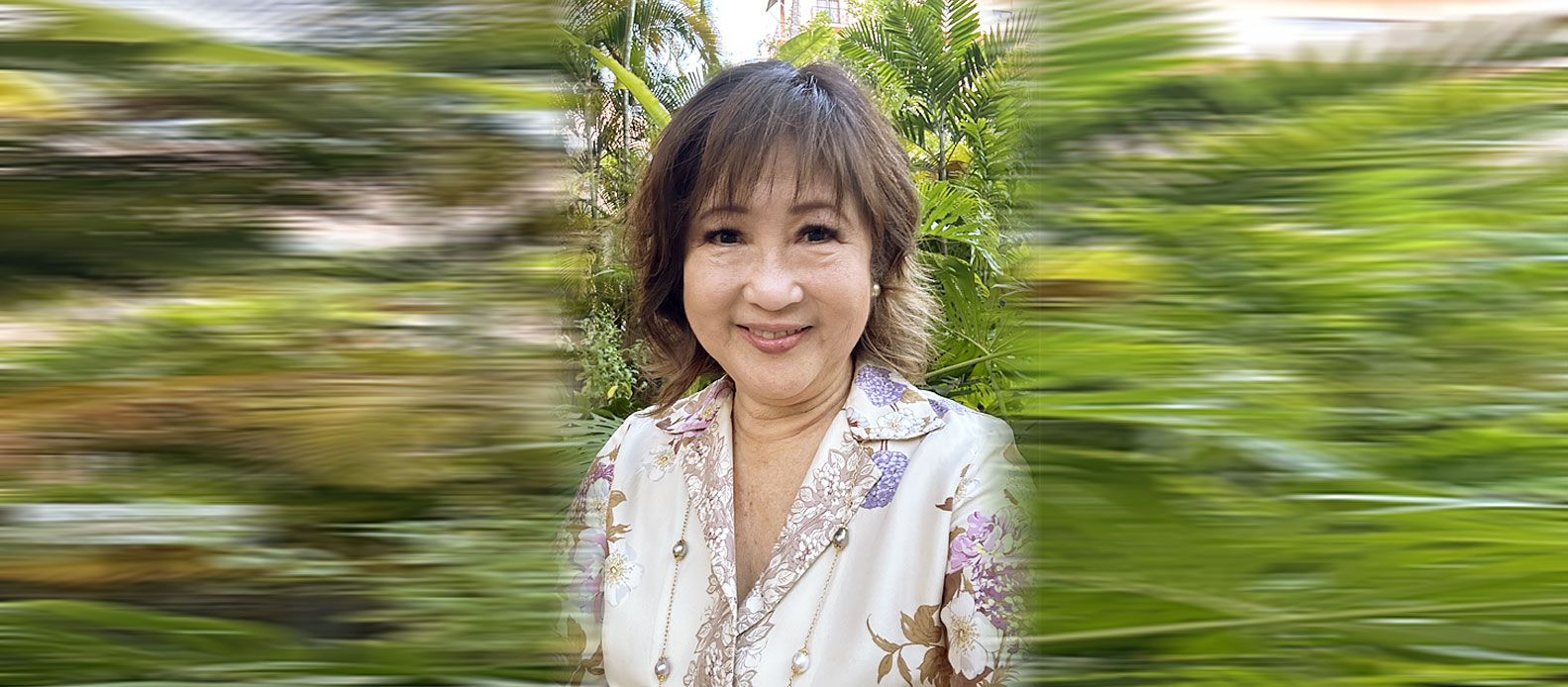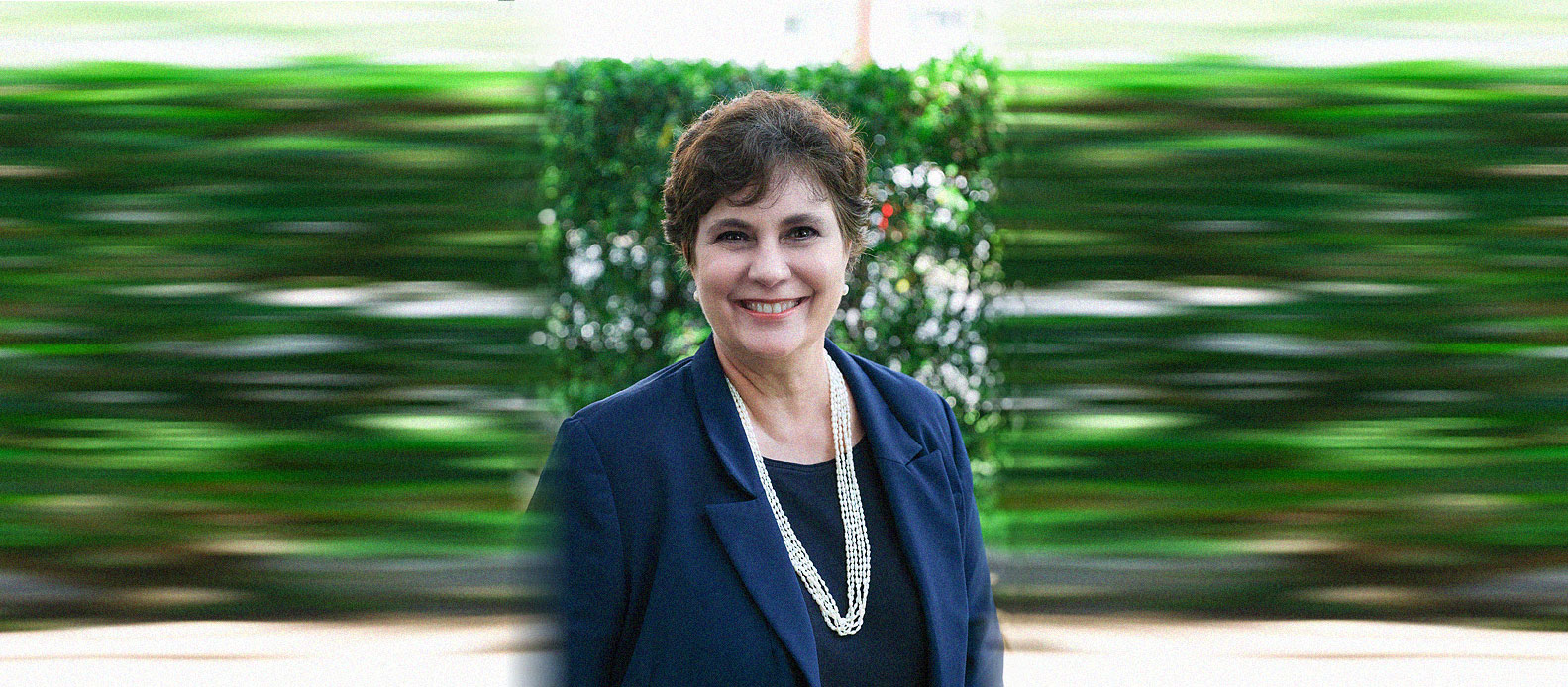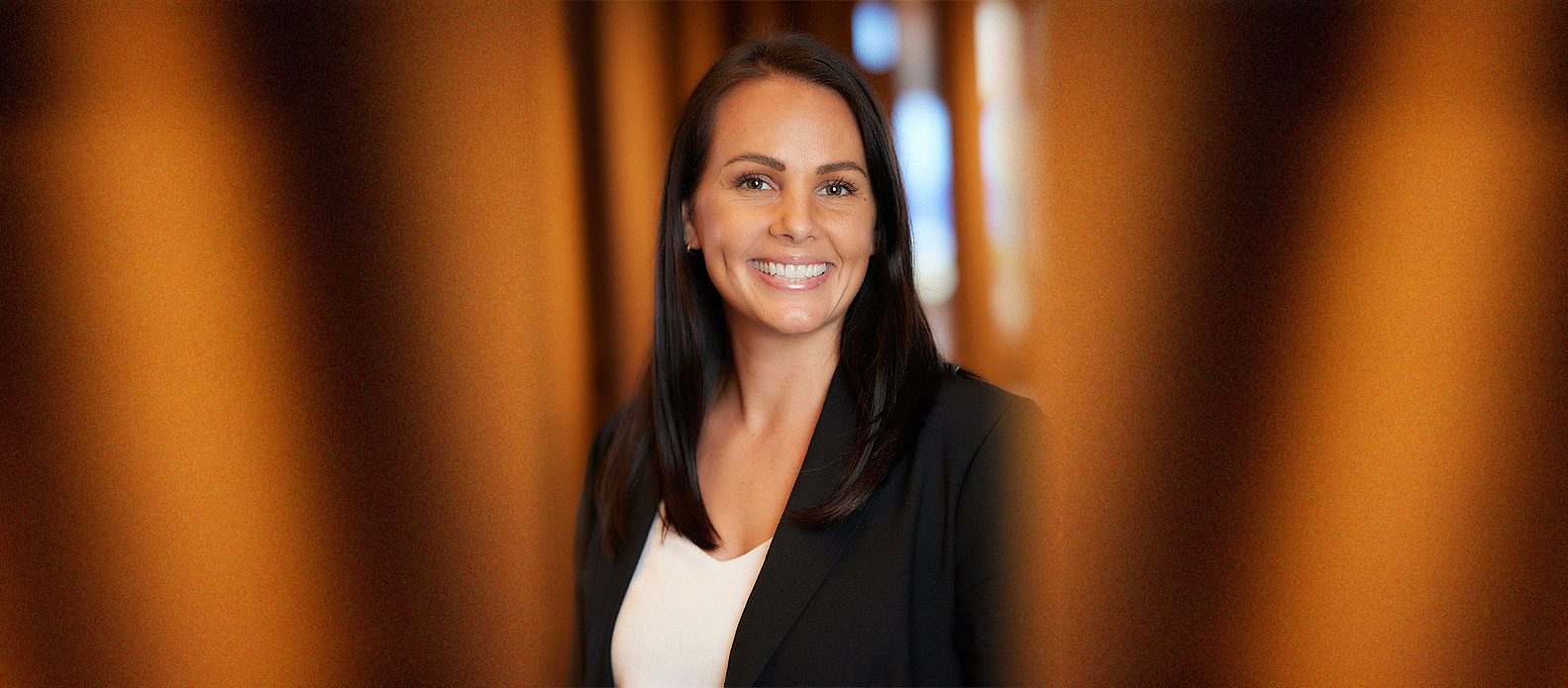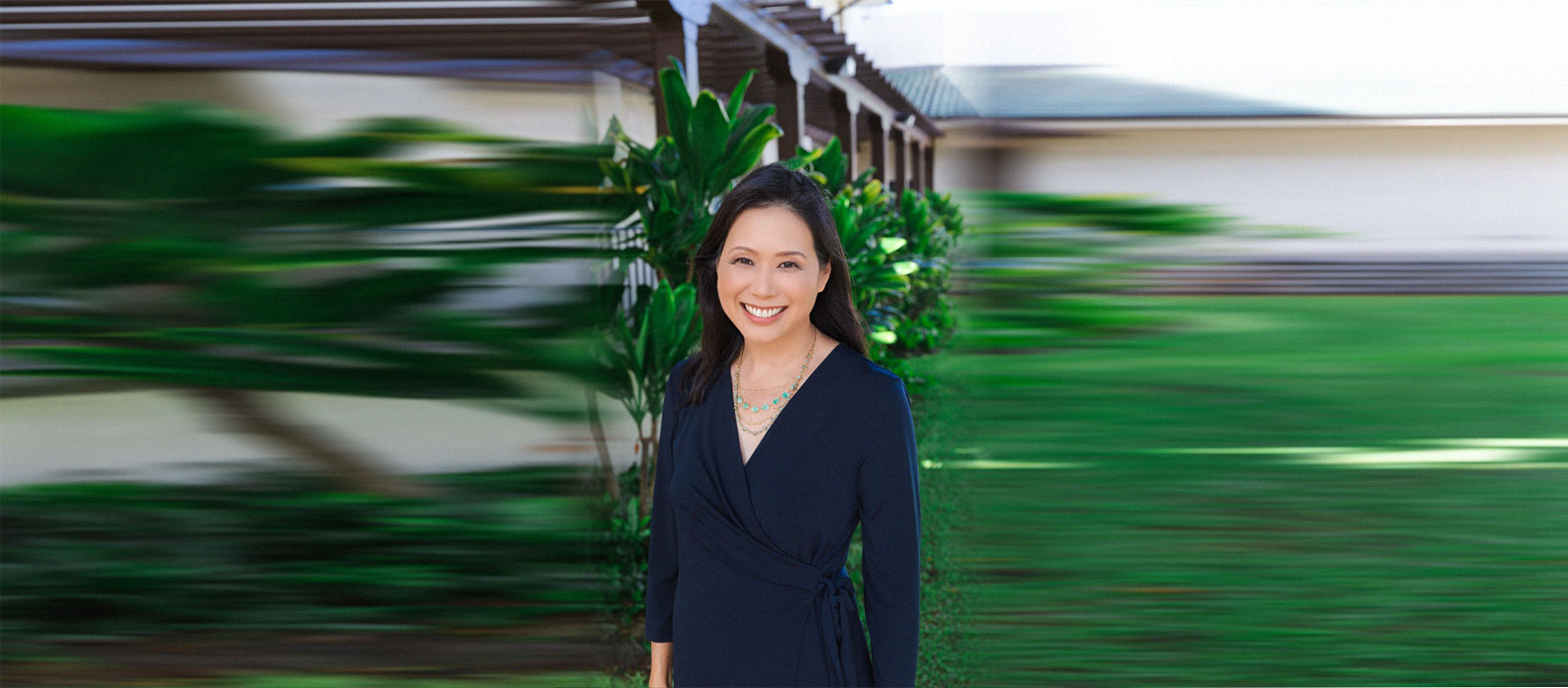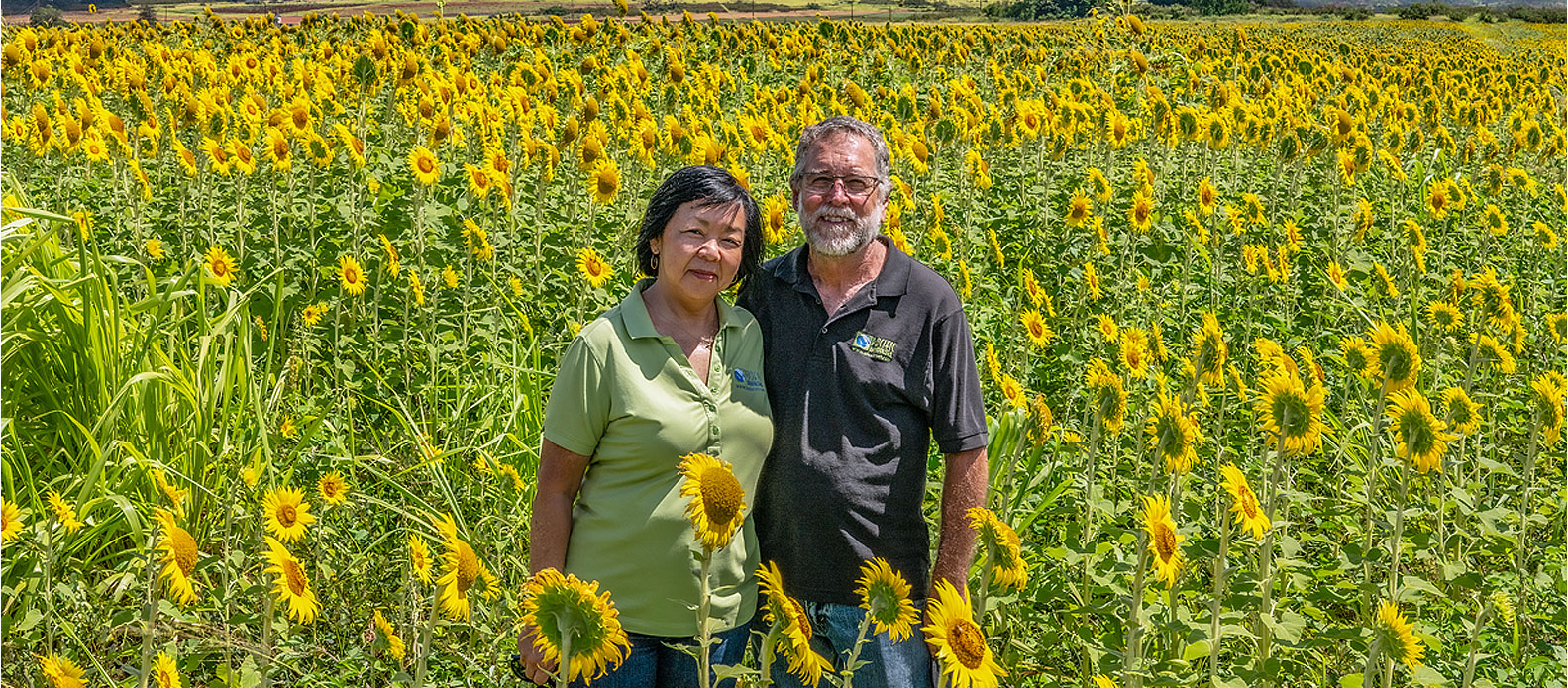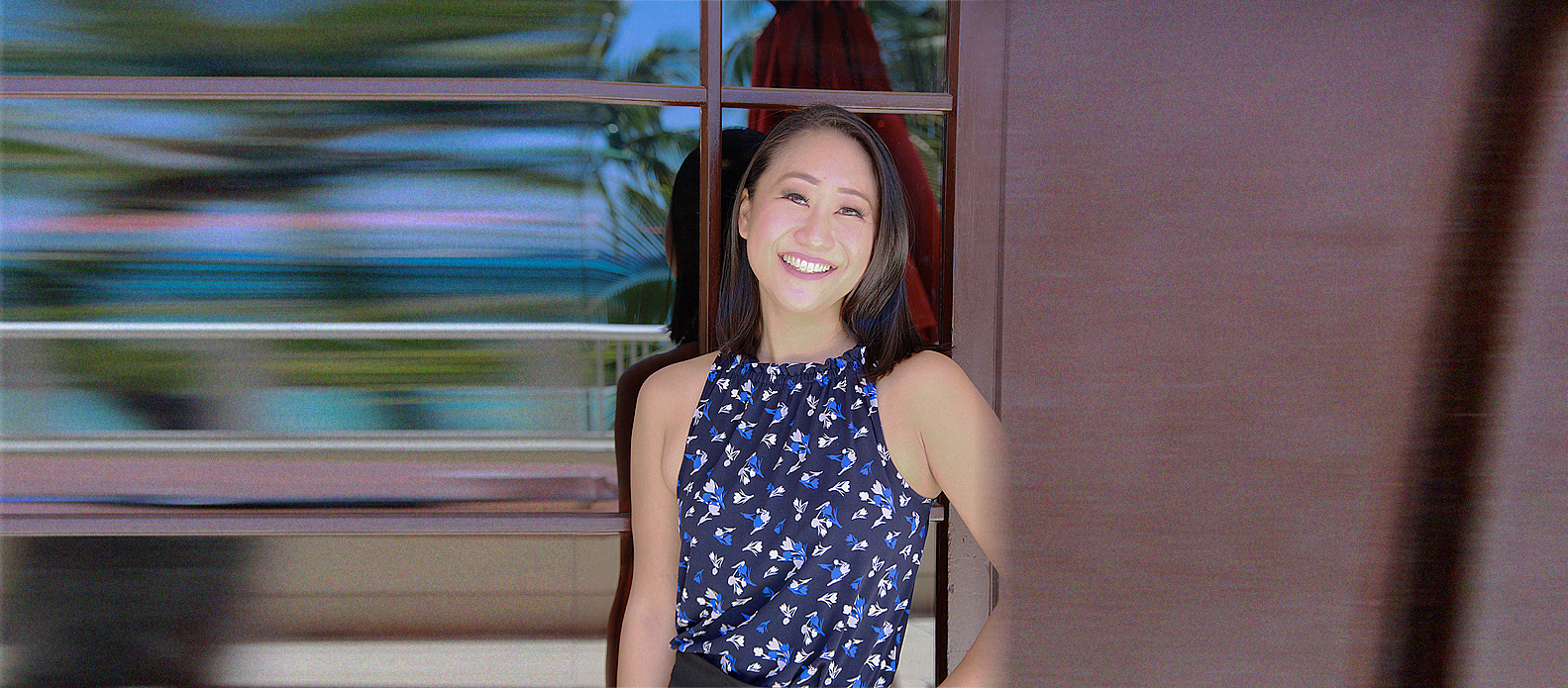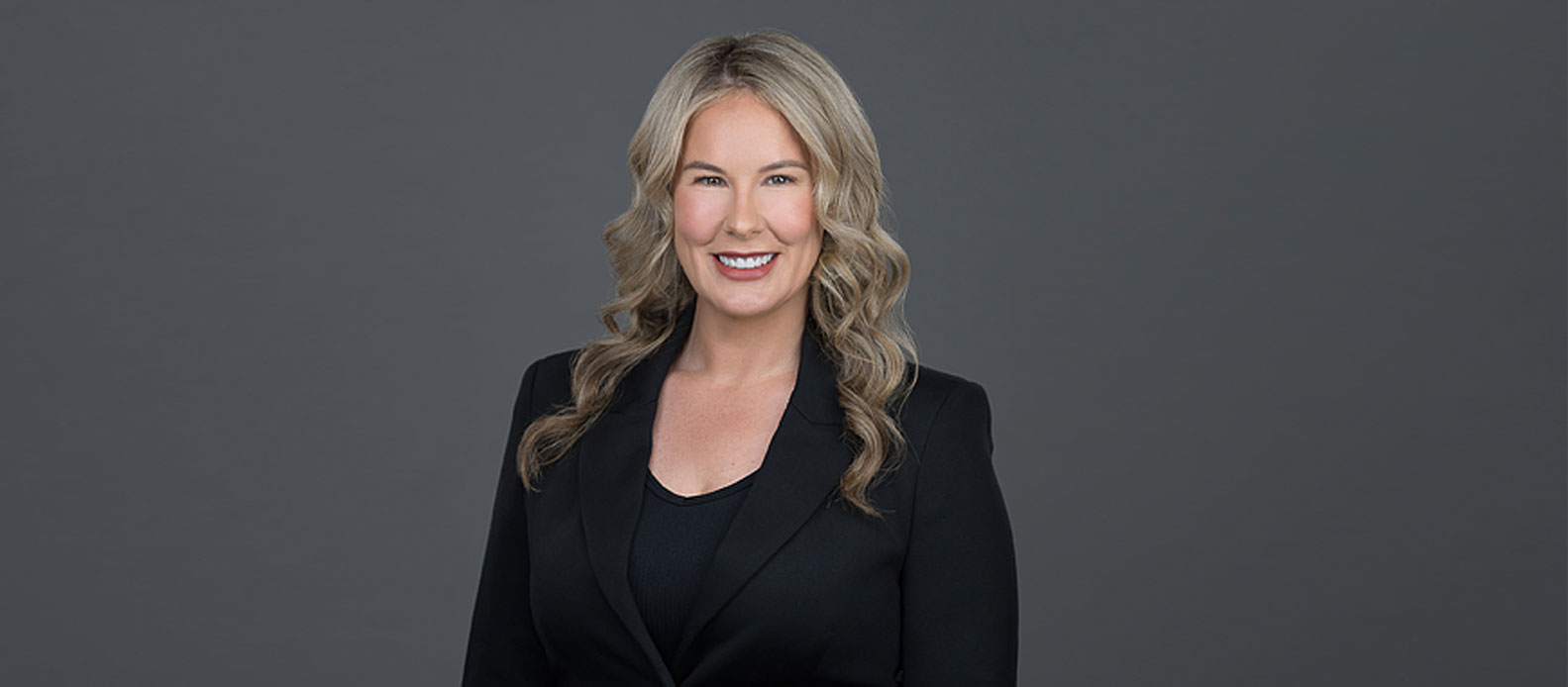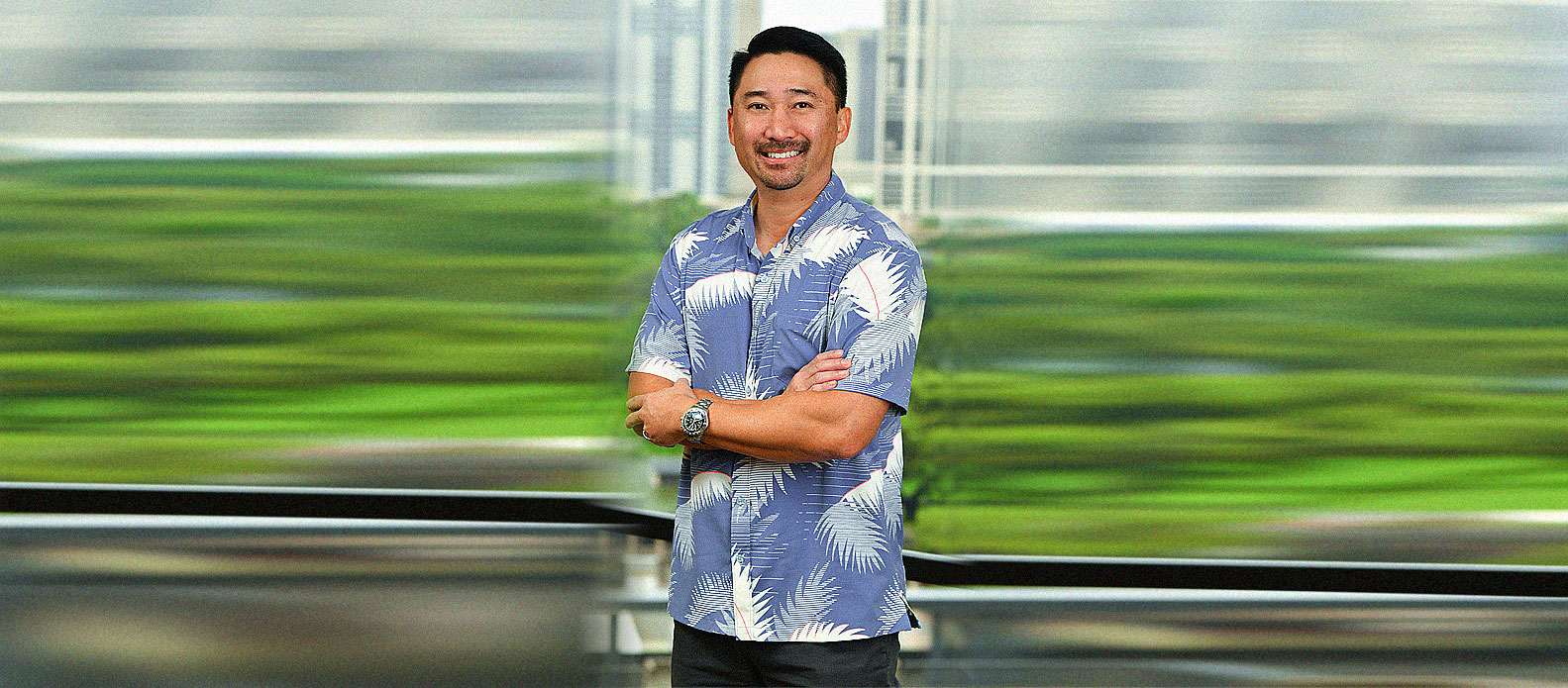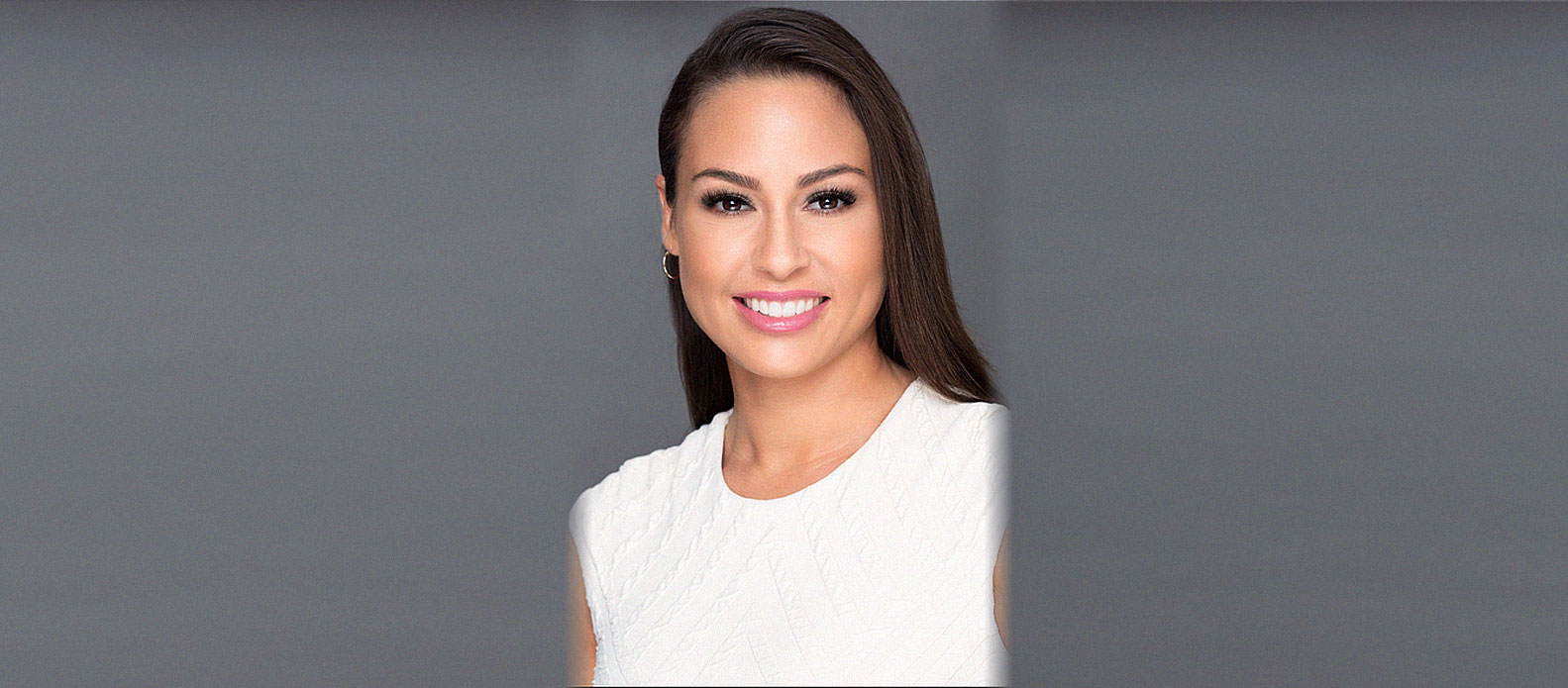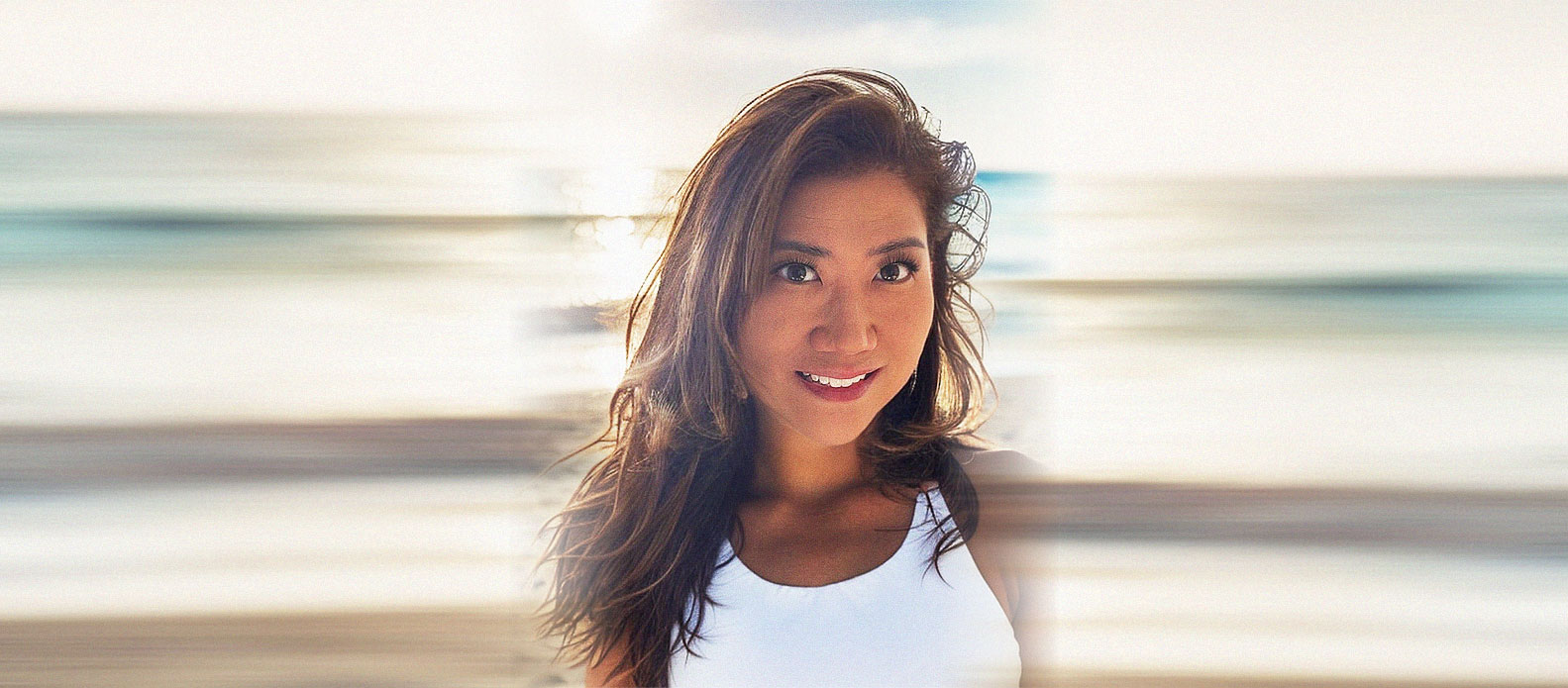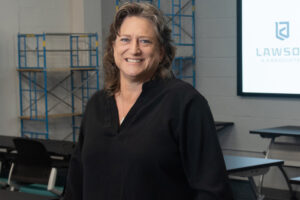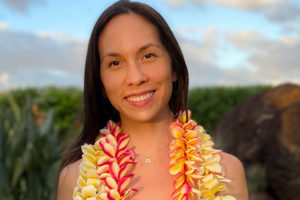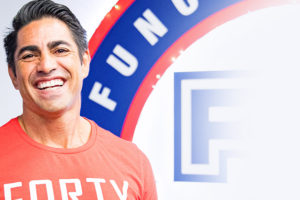Hawaii Children’s Discovery Center CEO Loretta Yajima is on a mission to inspire lifelong learning through early education
Part of the appeal of the Hawaii Children’s Discovery Center is that, once inside, you can be anyone you want. Tiny fire coats hang from a line of hooks in the corner so kids can try on the role of firefighter for the day, each paired with a set of boots and coveralls ready to be pulled up and into action. They can shop in a supermarket, drive the public bus, pilot a flight on a replica Hawaiian Airlines plane or play doctor in a veterinary or optometrist office. They can even channel a day at the carnival and ride the full-size carousel donated from E.K. Fernandez that’s lurking in a separate room reserved for birthdays and special events.
The worlds are make believe, but the lessons learned within them are very real, says Loretta Yajima, the Discovery Center’s CEO and chair of the board. Packed with interactive exhibits designed to teach kids about themselves and the world around them, the Discovery Center encourages children to be self-starters by making learning fun. Besides the exhibit known as Your Town, there’s Fantastic You, which features a giant walk-in mouth and other immersive learning experiences to help kids learn the inner workings of the human body. The center’s newest exhibit, Rainforest Adventures, occupies the building’s sunny west wing, where fishponds and tree canopies are the backdrop for lessons on native ecosystems, invasive species and environmental conservation.
Though this kind of learning environment has yet to hit the mainstream, children’s museums aren’t a new concept. The first children’s museum was founded in 1899 in Brooklyn, New York, and hundreds of others have opened throughout the U.S. mainland in the years since. “Children’s museums have been around for more than 100 years,” Yajima confirms. “But people today still don’t know what they are.”
That’s especially true in Hawai‘i, where the Discovery Center stands as the first and only children’s museum in the state. The earliest iteration of the Hawaii Children’s Discovery Center was originally mobile, operating out of the Bishop Museum before Yajima helped open up shop in a 5,000-square-foot facility in the old pineapple cannery at Dole Cannery Square in 1989.
“We were bursting at the seams,” Yajima says of the Discovery Center’s previous location. “We had thousands of children and school groups lining up to come to the museum.” The museum’s growing pains inspired then-Governor Waihee to offer up a bigger location on 30 acres of waterfront park that he was developing in Kaka‘ako. Yajima jumped at the chance to groom the property into a place of exploration and learning.
She had her work cut out for her. Turns out, this choice piece of land was the site of the old city incinerator—not exactly a turn-key solution for the center’s team of volunteers. “The first time I walked into the building, I was stunned,” Yajima laughs. “I thought, ‘What have I done?’” But the waterfront location and potential for both indoor and outdoor programming was too good to pass up, so she went to work transforming the former industrial facility’s dim, cavernous rooms into miniature worlds where children are free to roam and interact with their environment. The smokestack jutting from the southeast corner of the facility was truncated and sealed prior to the center’s opening in 1998 and now serves as a visual landmark and symbol of the Kaka‘ako that predated the neighborhood’s recent resurgence.
“Typically in museums, everything is behind glass,” Yajima says. “There are elaborate descriptions for everything, but kids can’t read! They learn by trial and error, by trying things and seeing what happens. We emphasize learning through the five senses, through interaction and collaboration. Here, we don’t test kids on what they’re learning or tell them what to learn. We let them learn from each other.”
Many elements in the exhibits were conceived from Yajima’s own experiences, including a replica of a wooden bridge she encountered while traveling in the Galápagos Islands. “Initially kids are afraid of it,” she says. “But when they cross it, they are so impressed with themselves and empowered.”
According to Yajima, empowering children to take an active role in their own education is key to creating lifelong learners. Many of Hawai‘i’s keiki never get the chance to experience the world outside of the islands, but that doesn’t mean they can’t learn to be global citizens. The center’s Your Rainbow World exhibit exposes children to the rainbow of cultures that exist beyond Hawai‘i by bringing those worlds to them. Rather than focusing all of our efforts on attracting the leaders of tomorrow, Yajima believes more resources should be devoted to cultivating the future leaders already in Hawai‘i. “There’s all this focus on how to bring in outside talent to Hawai‘i,” she says. “That talent is already here.”
An outspoken proponent of informal learning in early education, Yajima was approached by Mr. Niu Gensheng, one of China’s wealthiest entrepreneurs-turned-philanthropists. He knew Yajima would be an ideal partner in his initiative to bring more creative, informal education experiences to children in China. “He told me that what he sees in the United States is that children here use their creativity and their imagination, and that’s what he wanted to bring back,” Yajima says. “He said, ‘I’d like to build 100 children’s museums in 100 cities in China—will you help me?’ I thought he was joking.”
It’s been six years now, and since then Yajima has been involved in building China’s first children’s museum, the Lao Niu Children’s Discovery Museum, in Beijing. A second children’s museum is slated to open later this year in Hohhat, Inner Mongolia. Though she is still committed to her work rallying for the cause at home in Hawai‘i, Yajima is jetting back to China this summer to continue spreading the word about children’s museums and the value of learning through play. With 98 museums to go, she knows she doesn’t have a second to waste.
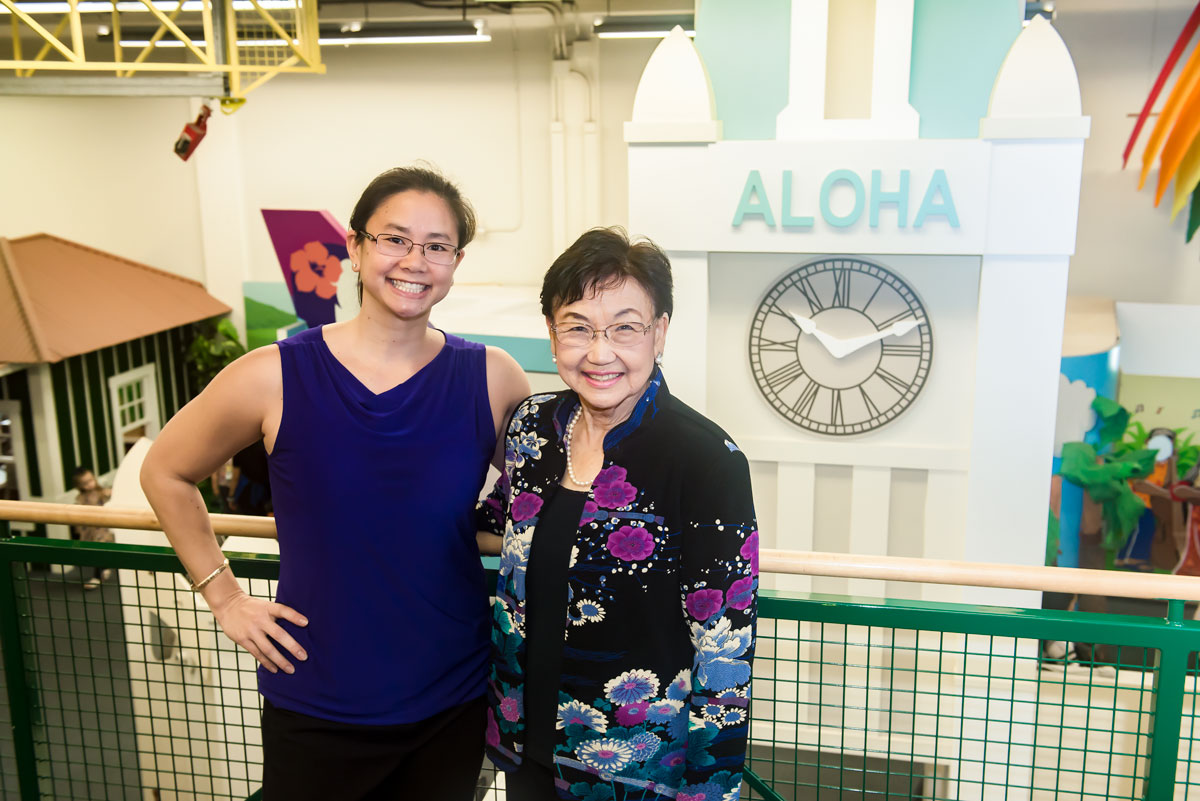
What exactly is a children’s museum and what purpose does it serve in early education?
What distinguishes a children’s museum from a school is that we really believe in the power of play. Many of us think of play as something frivolous, but play is the primary way that children learn about themselves, others and the world.
We have technical terms to describe this process in a scientific setting—hypotheses, experimentation, analysis—but the bottom line is that they’re messing around and using their senses. They’re making discoveries by manipulating things in the world around them.
Testing and academic measurement play a big role in our school system, but in actuality, children are learning every day all day. From taking nature walks to watching a butterfly come out of its chrysalis, learning takes place all of the time. That’s what’s so exciting about children’s museums. Here, children learn through play.
Another thing that distinguishes us from a traditional school is the interaction between parent and child. Parents are their children’s first teachers and their most important teachers. Children are very excited about learning and exploring—our challenge is to get the parents in there because when that happens, and parents and children connect and learn and discover and grow together, it’s really inspiring.
Would you say that creativity is essential to growing early innovators?
Whether it’s in a school or a children’s museum, I think educators are recognizing the importance of teaching children to be creative thinkers. Learning is about a lot more than rote memorization, and that’s why a lot of what we use in a children’s museum is also being used in the classroom. Children learn math and science by building things. Hands-on experience is so important in the learning process because it not only fosters creativity and imagination, but it allows children to problem solve in the context of real-world scenarios.
What did you do prior to opening the Discovery Center?
There were many people responsible for creating the children’s museum now known as the Hawaii Children’s Discovery Center. I was fortunate to be one of many who have been volunteering here.
All my life, I’ve been an educator. I started teaching in Kuhio ParkTterrace for project Head Start, and that’s when I realized the vital importance of early education, starting with the tiniest children. Getting them excited about learning, and lifelong learning in particular, makes such a difference in their lives.
After teaching at Head Start, I was asked to go and teach and the University of Hawai‘i Lab School, where we developed curriculum materials, and then I became the director at Hanaha‘oli School. It was there that a group of volunteers came and asked me to help them start a children’s museum. That was almost 30 years ago, so all this has been tied into education, which has really been my life’s work.

